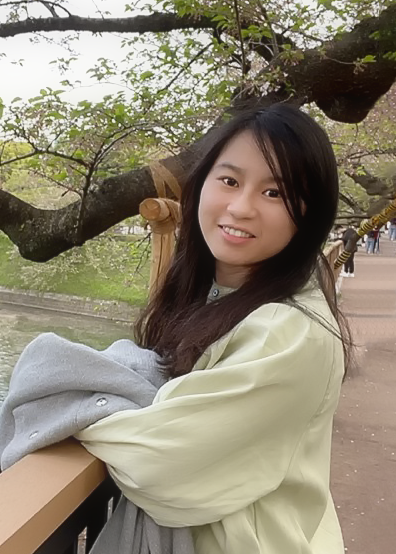USTC Astronomy Colloquium Series: 2023 Fall
Exploring the Universe with Space Transition-edge Sensor : from Cosmic Microwave to X-ray Background
周雨 博士后
日本KEK/QUP
2023/11/16, 4:00pm , the 19th-floor Observatory Hall

报告人:
Yu Zhou is a postdoctoral fellow at KEK (High Energy Accelerator Research Organization) - QUP (the International Center for Quantum-field Measurement Systems for Studies of the Universe and Particles) in Japan. She obtained the bachelor degree (2010-2014) in Engineering Physics and the PhD degree (2014-2019) in Nuclear Science and Technology from Tsinghua University. From year 2015 to 2017, she was a visiting PhD student at the University of Wisconsin-Madison, where she acquired the experience working on cryogenic experiments and Transition-edge sensor. Since then she has been enthusiastic in TES application in X-ray astronomy and cosmology. In 2017-2019, she worked on TES development for HUBS project in Tsinghua Cryo-lab. In 2019-2022, she is an Areospace Project Research Associate in JAXA (Japan Aerospace Exploration Agency) studying astronomy and astrophysics for future space mission. Since 2022, she joined the QUP’s flagship project, LiteBIRD (the Lite (Light) satellite for the study of B-mode polarization and Inflation from cosmic background Radiation Detection), a TES-equipped space mission led by JAXA to explore our Universe before the Big Bang.摘要:
One commonly accepted idea for the origin of the large-scale structure in the Universe is that the minute quantum fluctuations were stretched to macroscopic scales as a consequence of nearly exponential expansion of spacetime during the "cosmic inflation". Cosmic inflation predicts primordial density fluctuations and gravitational waves that imprints on the CMB anisotropy in polarization B-mode. Besides the triumph of the concordance Lambda CDM cosmological model that fits with CMB temperature anisotropy at z~1300, the baryonic content so far observed in the local Universe can only account for about half of the predicted value, bringing up the question of "missing baryons" to X-ray astronomy. In this talk, I will introduce how space missions that utilize transition-edge sensors, such as LiteBIRD and HUBS, can improve our knowledge for the high-redshift and local universe via CMB B-mode polarization and X-ray background. The technical and scientific challenges will be discussed, including fundamental noise in the superconducting device, multiplexed readout, polarization modulation unit, galactic foreground, cosmic ray mitigation, and space weather forecast, etc. 邮编:230026 ,
邮编:230026 ,  联系电话: 0551-63601861
联系电话: 0551-63601861 Email:
Email: